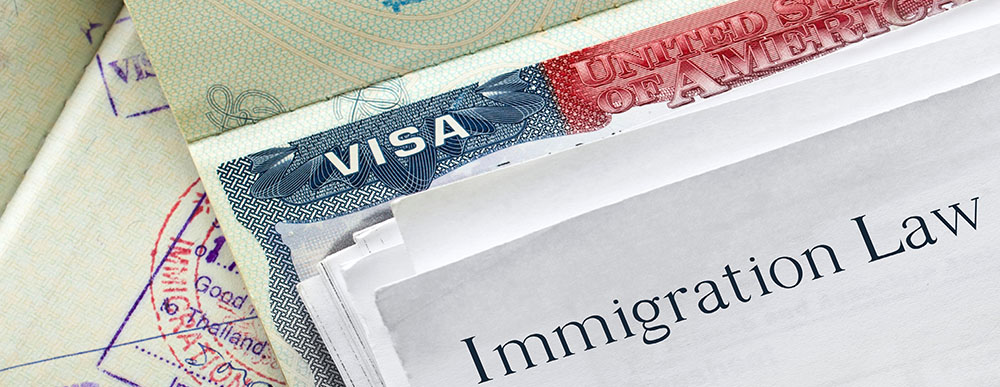Consular processing is a means of applying for an immigrant visa (commonly known as a ‘green card’) through the U.S. embassy or consular office in a foreign country. Consular processing is the most common path to obtain a green card for individuals living abroad. The process is divided into two broad steps: the US Citizenship and Immigration Services (USCIS) petition, and the Department of State (DOS) visa application.
The consular process begins when a U.S. citizen or lawful permanent resident files a Form I-130, Petition for Alien Relative, on behalf of a family member, known as the intending immigrant, with USCIS. The purpose of Form I-130 is to establish a qualifying relationship as either an immediate relative (spouse, parent, minor child of US citizen) or preference relative (spouse or child of permanent resident, adult or married child, or sibling of US citizen), so that the intending immigrant may then apply for a green card. Currently, USCIS is taking approximately 5-8 months to review and adjudicate I-130 petitions for immediate relatives.
Upon approval, USCIS will send the petition and file to the Department of State’s National Visa Center (NVC) to begin the second step of the process. For immediate relatives, the next step begins immediately, but for preference relatives, the intending immigrant must wait for their priority date to become current before they can proceed with their visa application, which may be many years for some categories. You can review the Visa Bulletin to determine how long the wait will be.
At this step, your relative will complete a visa application (form DS-260) and submit it, along with copies of his or her supporting documents and your affidavit of support, to the NVC. The NVC is only an intermediary where the application is reviewed for completeness, before being sent on to the US embassy or consulate in your relative’s home country. Before sending the file out, the NVC will schedule your family member for his or her visa interview and send the interview date to you both.
The consular visa interview causes much stress and concern, but it is a rather straightforward and anticlimactic process. The consular officer will be reviewing the file for two main findings: First, was the I-130 petition approved properly? Meaning, is the underlying relationship real and well documented. And Second, is your relative ‘admissible’ to the United States. Admissibility looks at your relative’s prior immigration violations, criminal convictions, any contagious or dangerous medical conditions, and whether she or he has a qualified financial sponsor. If all of those things are in order, an immigrant visa will be issued.
If the beneficiary is granted an immigrant visa, the consular officer will give him or her a packet of information, known as the Visa Packet, and affix the actual immigrant visa into their passport. The visa is valid for 6 months, meaning your relative must travel to the United States before the visa expires.
When your relative arrives in the United States, she or he will give the Visa Packet to the Customs and Border Protection (CBP) officer at the port of entry and will be inspected by a CBP officer for one final review, and will then be admitted as a permanent resident of the United States. USCIS will mail the actual green card to the new immigrant once he or she is inside the United States and has paid an additional card fee.
Consular processing can take between 10-18 months from the filing of the I-130 to admission to the United States, for immediate relatives. The entire process may span many years for preference relatives.



